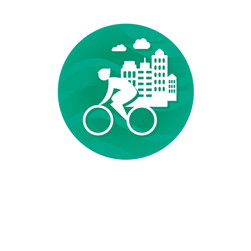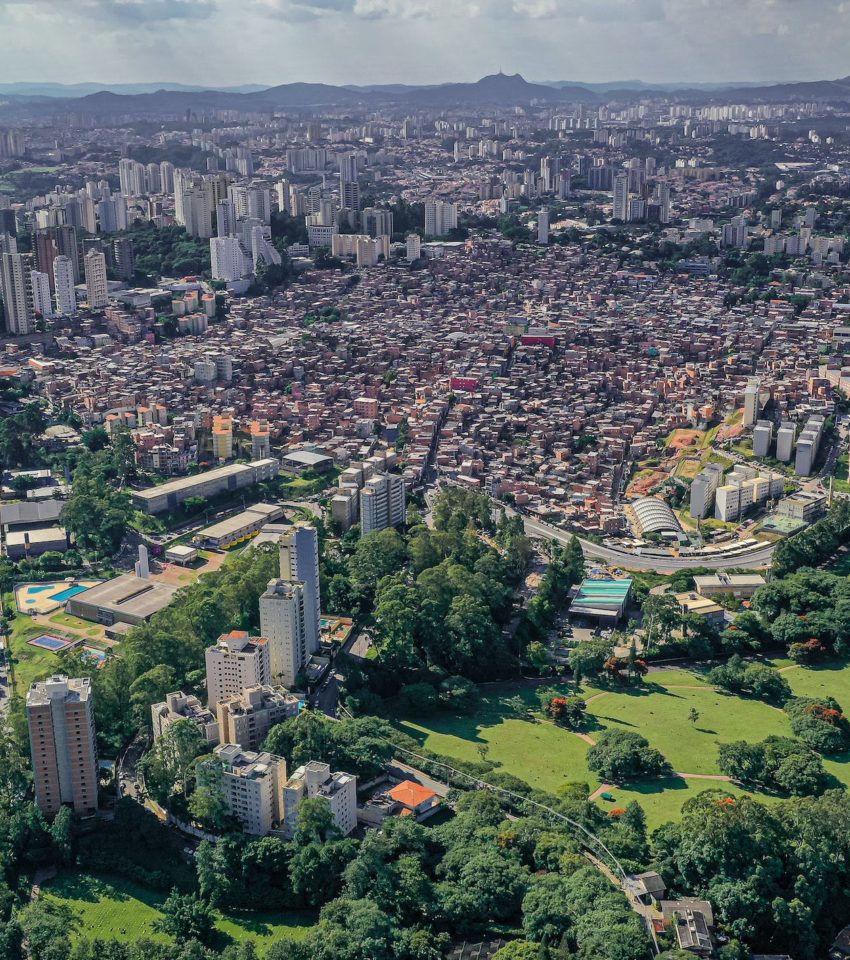
By 2050, it is projected that more than two-thirds, (more than 7 billion) of the global population will either live or work in urban areas. Continued shifts away from rural based work, combined with rising costs of living, has compelled many people to live or work in cities, hereby making urbanisation one of the fastest growing trends of the past century. The substantial increase in urban dwelling populations has further exacerbated existing challenges within urban environments, such as global equality, health, education and not least, sustainability.
These challenges demand a shift in focus and here, the Active Cities Educational Module provides guidance on how sports for All can help us create cities that promote engagement, equality and provide for a sustainable future for citizens and the environment in all areas where living, work and recreation meet.
Module
Contents

Urbanisation
Global State of Play
European State of Play
Significance of the City Setting
Sport for All in the City Setting
Designing Active Cities
Benefits of Active Cities
Steps towards activating an Active City Strategy
Leaders in the field
Relevant case studies and good practices
Conclusions
SUB-
THEMES
Active Workplace/Active Transport/Active Education/Active City Innovation/Active Communities/Ageing Societies








 community
community
 cultural
cultural
 Digitalisation
Digitalisation
 economic impact
economic impact
 education
education

 Environment
Environment

 Gender
Gender
 governance,
governance,
 health
health
 Peace development
Peace development
 play
play 
 social
social